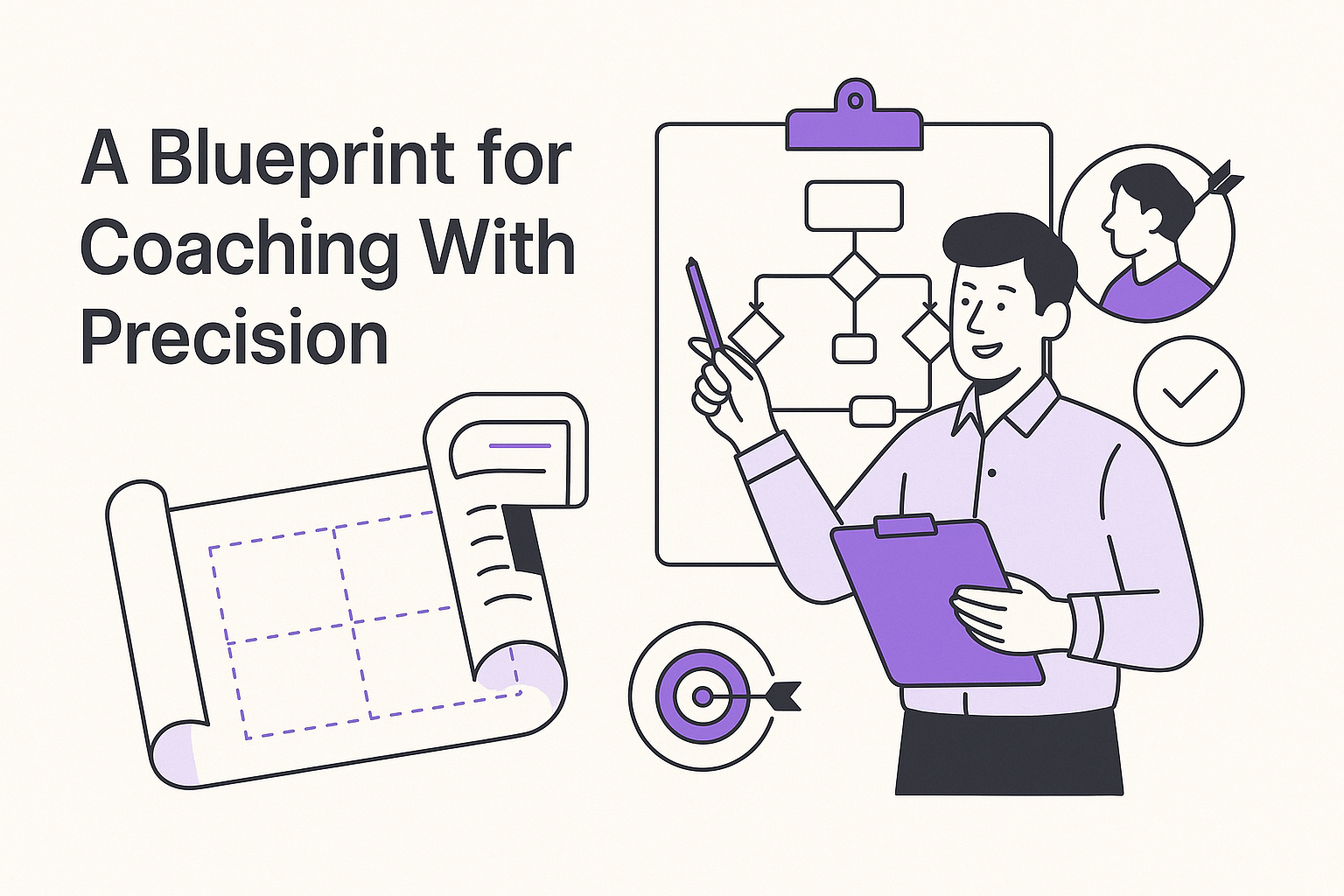How to Analyze Employee Needs
-
Hello Insight
- 10 min read
Employee Needs Analysis serves as a lens through which organizations can better understand and respond to their workforce's expectations. In today's competitive environment, meeting employee needs is essential not only for retention but also for enhancing overall morale and productivity. This analysis helps identify gaps between current workflows and employee satisfaction levels, ultimately paving the way for improvements.
To begin the process, it's vital to explore how employee perceptions shape the workplace experience. By systematically gathering insights, organizations can prioritize changes that foster a supportive environment. Grounding Employee Needs Analysis in employee feedback empowers managers to create solutions that align with employees' aspirations, leading to a more engaged and motivated workforce.
Generate visualizations from your qualitative data. At Scale.

Understanding Employee Needs Analysis
Understanding Employee Needs Analysis is essential for fostering a productive work environment. It involves identifying and addressing the specific requirements and expectations of employees. One key aspect of this analysis is recognizing that employee satisfaction directly correlates with organizational success. By understanding the various factors that influence employee engagement, organizations can create strategies that cater to individual needs and promote overall well-being.
The process typically begins with gathering relevant data through surveys, interviews, and observations. This information helps in identifying common patterns and areas of concern. Once these needs are established, organizations can prioritize them according to their significance and impact on employees. Ultimately, implementing solutions based on this analysis not only enhances employee morale but also drives the organization towards achieving its goals. By committing to a thorough Employee Needs Analysis, organizations can cultivate a culture of understanding and support that benefits both employees and management alike.
Why Employee Needs Analysis is Crucial
A comprehensive Employee Needs Analysis offers vital insights into the workforce's requirements and aspirations. Understanding these needs is crucial for fostering a positive work environment and ensuring employee satisfaction. By identifying areas where employees feel supported or underserved, organizations can tailor resources, training, and development opportunities effectively.
Moreover, conducting an Employee Needs Analysis helps in aligning individual goals with organizational objectives. When employees see a clear connection between their aspirations and the company's mission, they feel more engaged and motivated to contribute. This proactive approach not only enhances productivity but also reduces turnover rates. Ultimately, businesses that prioritize employee needs create a culture of trust and collaboration, leading to improved overall performance. Investing time in understanding these needs can transform the workplace into a supportive space where everyone thrives.
Key Components of Employee Needs Analysis
To conduct an effective Employee Needs Analysis, several key components must be considered. First, understanding employee expectations and goals is paramount. This lays the foundation for recognizing what employees require to thrive in their roles. Next, assessing current skill levels and identifying performance gaps ensures that the analysis is grounded in reality, highlighting areas for development.
Furthermore, gathering qualitative and quantitative data through surveys, interviews, and performance metrics enables a comprehensive view of employee needs. Analyzing this data reveals trends and patterns that can inform targeted interventions. Finally, it is essential to involve employees in the analysis process, promoting a culture of engagement and ensuring that their voices are heard. By encompassing these critical components, a robust Employee Needs Analysis is established, leading to effective solutions tailored to nurture a productive workforce.
Evaluate Performance on Customer Calls for Quality Assurance.
Steps for Conducting an Effective Employee Needs Analysis
Conducting an effective Employee Needs Analysis involves a structured approach to ensure comprehensive understanding of employee requirements. The first step is identifying employee needs, which can be achieved through surveys, interviews, or focus groups. Engaging employees directly helps uncover specific areas where they feel supported or need improvement.
Next, it's essential to gather data and feedback from multiple channels to create a well-rounded view of the situation. After collecting this information, the analysis and interpretation of data can be done to highlight key trends and issues. This ensures that any patterns are recognized and understood thoroughly. Finally, implementing solutions based on the analysis is crucial. This might involve creating new training programs, adjusting workloads, or enhancing workplace policies to better meet employee needs. By following these steps diligently, organizations can foster a more satisfied and productive workforce.
Step 1: Identifying Employee Needs
To begin with Employee Needs Analysis, identifying employee needs is fundamental. Companies must recognize the specific requirements and preferences of their workforce to enhance engagement and productivity. Initiating this process requires open communication and a willingness to listen to employees, fostering an environment where their concerns are addressed.
Gathering information from multiple sources is essential for an effective analysis. Consider conducting surveys, focus groups, or one-on-one interviews to gain insights. Managers should also observe behaviors and workplace dynamics to understand better what employees may require for their professional growth. Ultimately, understanding these needs can lead to more targeted initiatives, ensuring that employee development aligns with organizational goals. This approach not only addresses immediate concerns but also paves the way for a culture that values ongoing feedback and improvement.
Step 2: Gathering Data and Feedback
To effectively conduct an Employee Needs Analysis, the next essential step is gathering data and feedback. This phase is crucial as it allows organizations to collect insights directly from employees about their needs and challenges. Surveys, interviews, and focus groups serve as valuable tools in this process, enabling a deep understanding of employee sentiments and gaps.
Various methods come into play during data gathering. First, structured surveys can help quantify employee needs through specific questions. Next, informal discussions offer qualitative insights that statistics alone may not reveal. Lastly, direct feedback from performance reviews can highlight areas that need attention. This rich data set will inform subsequent steps, enhancing the effectiveness of solutions implemented in response to the identified needs. By prioritizing open communication and feedback collection, businesses can foster a more engaged and productive workforce.
Step 3: Analyzing and Interpreting Data
Analyzing and interpreting data is a crucial step in effectively assessing employee needs. This process begins with compiling the information collected from surveys, interviews, and feedback sessions. It is essential to categorize the data into meaningful segments that reveal patterns and trends in employee sentiments. For instance, distinguishing between positive and negative feedback can provide insights into areas requiring improvement or recognition.
Once the data is organized, the next phase involves a thorough examination of the findings. Employing visual aids, such as charts and graphs, can facilitate the identification of significant trends or anomalies. By comparing insights across different employee demographics or business regions, you can uncover underlying issues that may not be apparent at first glance in the employee needs analysis. Ultimately, accurately interpreting this data empowers decision-makers to craft targeted strategies that address specific employee needs.
Step 4: Implementing Solutions Based on Analysis
To effectively implement solutions based on your analysis of employee needs, you must first synthesize the insights gathered from previous steps. Begin by identifying the most significant issues highlighted during your analysis. This could involve recognizing areas such as communication gaps, skill deficiencies, or employee dissatisfaction. By prioritizing these issues, you can ensure that the upcoming solutions are both relevant and impactful.
Next, develop a strategic action plan that outlines specific initiatives to address the identified needs. This may include training programs to enhance skills, changes in communication practices, or introduction of new tools for collaboration. Ensure that you engage employees in this process, as their input can inform more effective solutions. Finally, establish metrics to evaluate the success of these initiatives. Continuous feedback from employees will allow you to refine these solutions further, making the Employee Needs Analysis an ongoing and dynamic process.
Conclusion on Employee Needs Analysis
Understanding the importance of Employee Needs Analysis can profoundly impact workplace dynamics. This process reveals crucial insights about employee experiences, motivations, and challenges. By systematically identifying and addressing these needs, organizations can boost employee satisfaction, engagement, and productivity.
In conclusion, conducting an effective Employee Needs Analysis is not just beneficial; it’s essential for fostering a supportive work environment. By utilizing data-driven insights, organizations can implement targeted strategies to enhance employee well-being. Ultimately, prioritizing employee needs ensures long-term organizational success and paves the way for a committed and motivated workforce.






